Julia Margaret Cameron taught herself how to use a sliding-box camera. Edward Steichen famously photographed the same cup and saucer more than a thousand times. For fifteen years, Edward Weston wrote in a diary—about his personal life and creative struggles. More recently, Stephen Shore challenged himself to share a daily iPhone photo on social media. In photography, an artist’s creative process, no matter how unconventional, can be just as inspiring as the final result.
Most great artists have two things in common: they occasionally fall into creative ruts, and they adapt. They do this by trying new things, looking at old things from a different angle, or reflecting on their innermost thoughts. In the end, they come out the other side with a renewed focus, a willingness to take risks, and, if they’re lucky, a stronger sense of self. In this guide, we’ll share a few quick tips for overcoming creative block and getting back into the flow.
Tip #1: Take a day trip
A simple change in environment can help you see the world in a new way, so consider a short road-trip, or go museum-hopping in the city. You don’t have to travel far. See a play at the theater, or visit the botanical garden. Plan to go somewhere that takes you out of your comfort zone, and keep an eye out for unexpected textures, colors, and flavors.
(If you have the time, of course, your trip can be longer than a day: the photographer Iza Lyson once took an epic trip across the whole of Norway, accompanied by her dog.)
Tip #2: Revamp your workspace
Changes to our environment can boost creative thinking, so fill your studio with objects that inspire you. Consider the lighting and the noise level, too. Some work best with music playing, while others might prefer silence or ambient noise. Take a trip to the museum and pick up some postcards that interest you, or buy a poster featuring work by your favorite photographer. Finally, if you find yourself stuck in the studio, consider taking a break from work and reorganizing your workspace—just a bit of decluttering can help clear your mind on busy days.
Tip #3: Restock your bookshelf
Joel Meyerowitz was inspired by Robert Frank, while André Kertész influenced Henri Cartier-Bresson and Brassaï. If you’re lacking inspiration, go to the library (or artbook store), and pick up some photo books. You can check out classics such as Atget by John Szarkowski, The Americans by Robert Frank, or Diane Arbus’s Aperture monograph.
Or maybe you choose a workbook that offers prompts and assignments to help you overcome creative block. The Photographer’s Playbook from Aperture and Imaginarium: The Process Behind the Pictures by Claire Rosen, for example, are both full of exercises, creativity tips, and ideas to get you started.
Tip #4: Keep a journal
Edward Weston isn’t alone; other artists, from Leonardo da Vinci to Frida Kahlo to Keith Haring, also kept diaries throughout their lives. For photographers, a notebook can be a place to write down ideas, paste photographs that inspire you, make sketches, and more. Carry it in your pocket so it’s always with you. For inspiration, check out Photographers’ Sketchbooks, a book featuring the diaries of 43 photographers.
Tip #5: Try a new medium
Sometimes, experimenting with a different medium, outside of photography, can help lift the pressure you put on yourself and encourage you to get back to a sense of “play.” It can be painting, sculpture, collage, 3D rendering, or something else entirely. Perhaps you stick with photography but dip your toes into an experimental process, such as “souping” Polaroids, as Ale Di Gangi did for the image above. In the past, he’s soaked film in seawater, shot on expired film, and more.
Tip #6: Use your phone
Having a camera on hand at all times can help you look at your surroundings in a new light, soaking in the details and finding beauty in the everyday. Fortunately, we all have cameras in our pockets in the form of a mobile phone. Take a cue from Stephen Shore and limit yourself to just shooting with this simple tool: not only will it encourage you to stay present, but it’ll also help you get back to the fun of photography.
You can even set yourself a (realistic) goal, such as making one photo a day for one month, whether it’s on your morning commute or lunch break. The idea is to encourage yourself to shoot just for the joy it brings you, without worrying about whether your work is “good enough.” And many times, the photo will be more than good enough: Andrew Curry, having left his full-frame digital camera at home, captured this unforgettable moment in Shibuya using his phone, above.
Tip #7: Photograph the same thing in twenty different ways
We’re borrowing this one from Edward Weston, though you don’t have to do it a thousand times. Maybe you start with twenty. Choose an ordinary object, like a piece of fruit or kitchen utensil, and then imagine the different possible ways you can photograph it. You can change the lighting setup, move it to a different location, paint it a different color, look at it from a new angle (behind, above, below)—anything goes. The primary goal here isn’t for every single photo to be perfect; it’s all about getting you to try something you haven’t done before, even if it fails.
Tip #8: Reconnect
Whether it’s joining an in-person photowalk or attending an online workshop taught by a photographer you love, taking time to be with other people can help nudge you out of a rut. It can be as simple as calling up a couple of photographer friends for a group critique or as life-changing as applying to an artist residency. Online classes, such as those available from Nobechi Creative or Penumbra Foundation, can also be a good way to meet people, no matter where you’re based.
Tip #9: Make time for rest
Sometimes, trying to “fight your way through” a creative rut can actually make it worse; in those cases, take a break. It can be going for a walk to a local cafe and ordering a cup of tea or sitting in a park and people-watching. Or you could even take a quick nap. The secret lies in accepting that you’re blocked—rather than scolding yourself for it—and trusting that it won’t last forever.
You can also set up “intentional breaks” throughout your day to prevent burnout in the future. They can be just fifteen minutes or so; the only rule is that you don’t have any external distractions, so turn off your phone and computer. You’re just giving your brain room to wander without any pressure or expectations. In the process, you might come up with new ideas.
Not on 500px yet? Sign up here to explore more impactful photography.


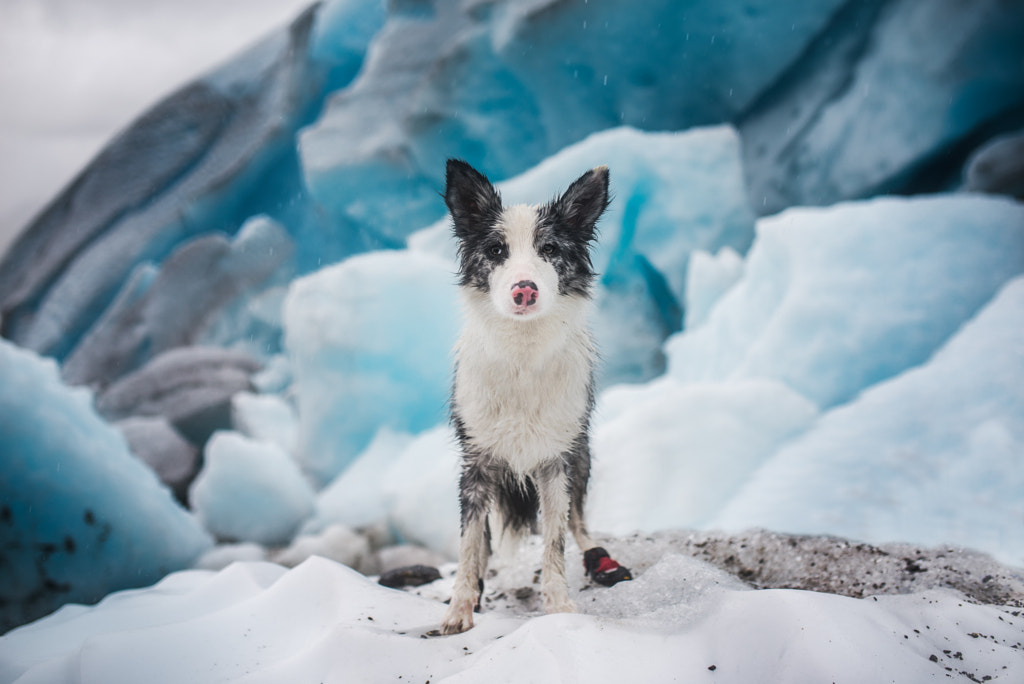
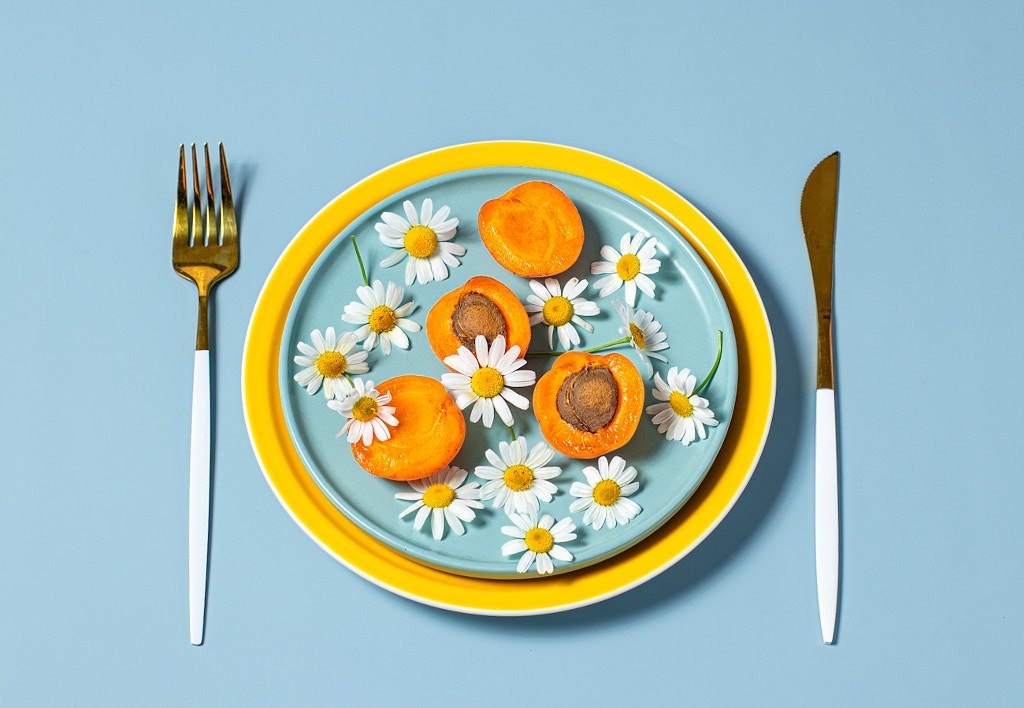
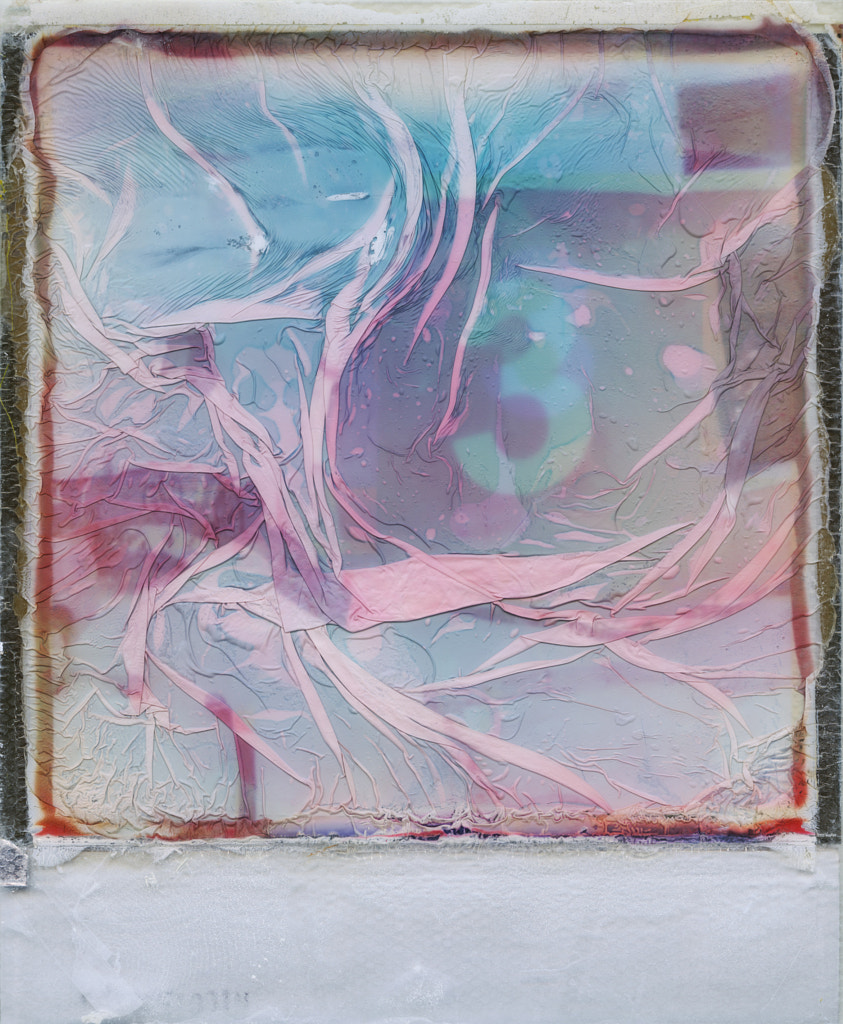
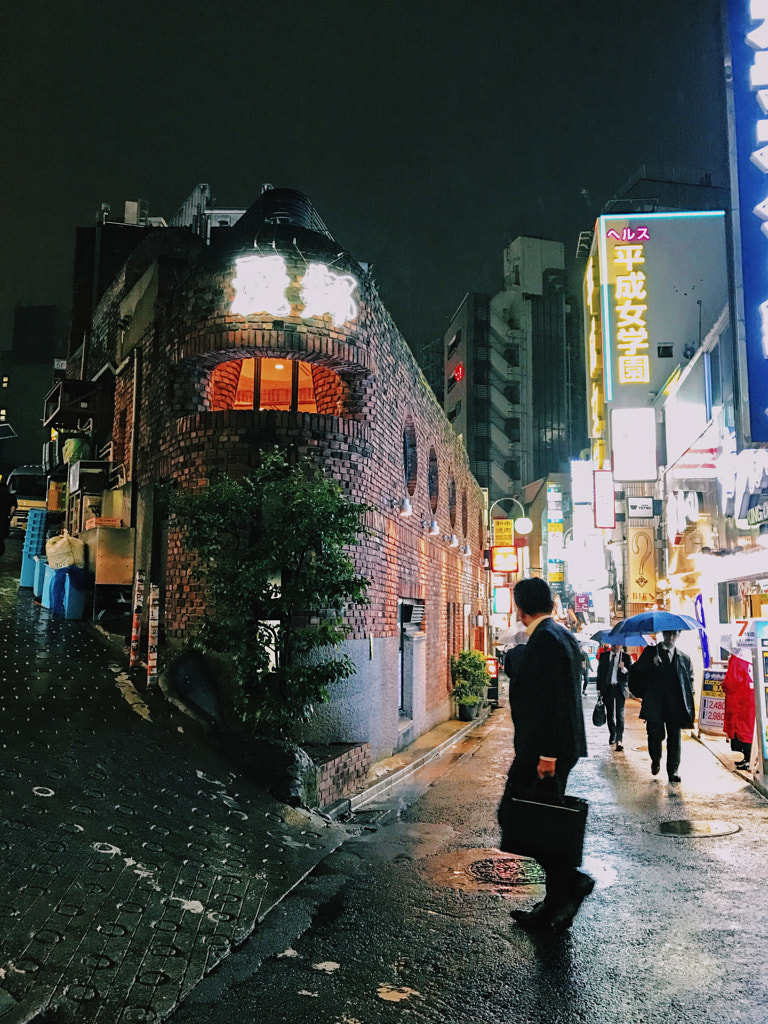

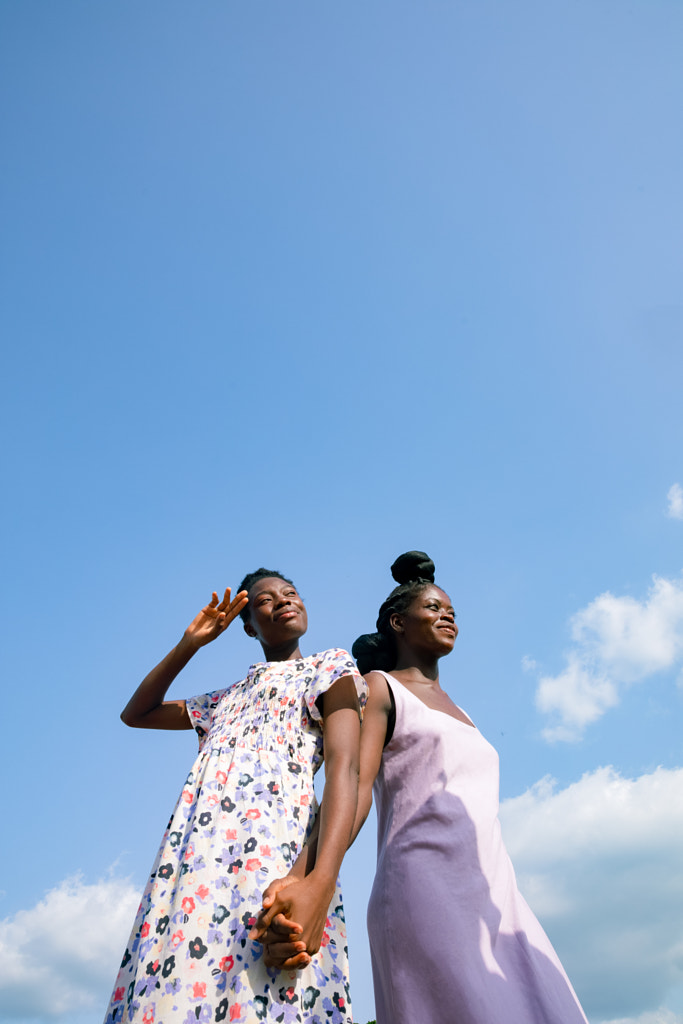

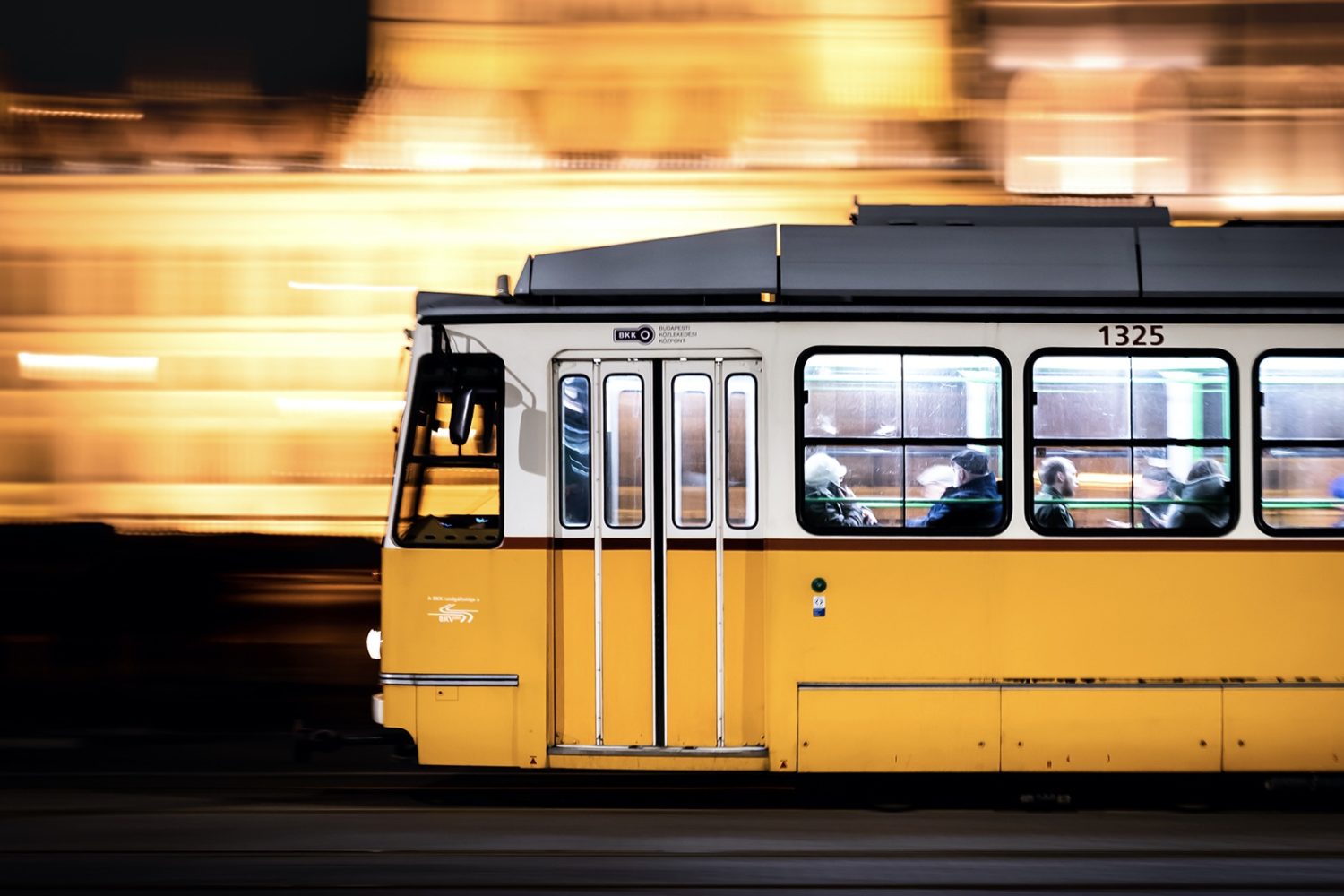
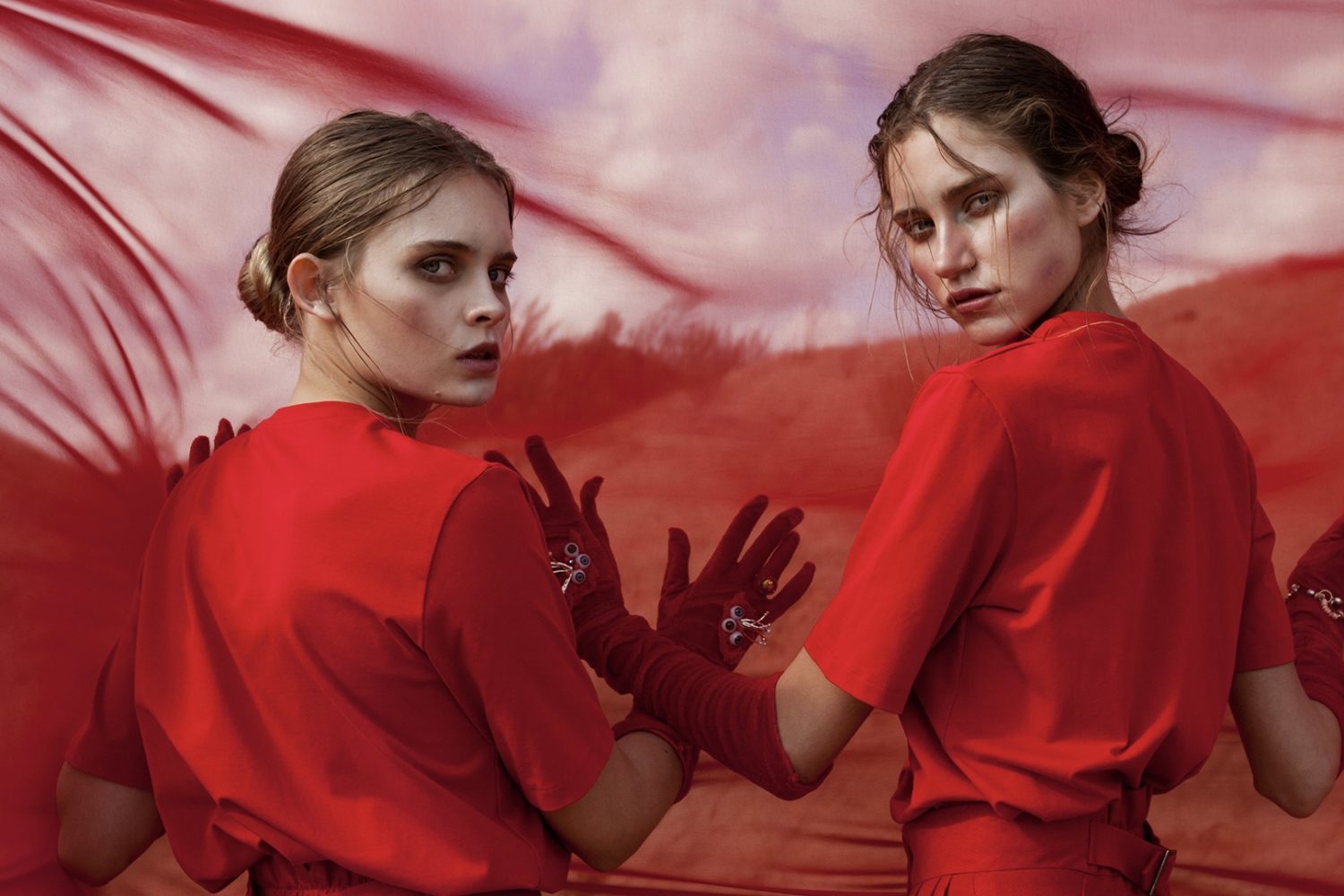



Leave a reply